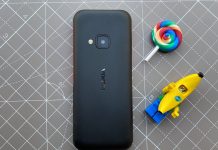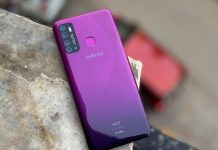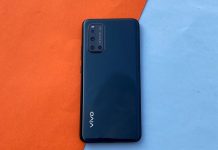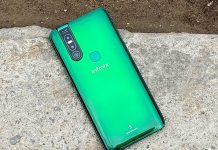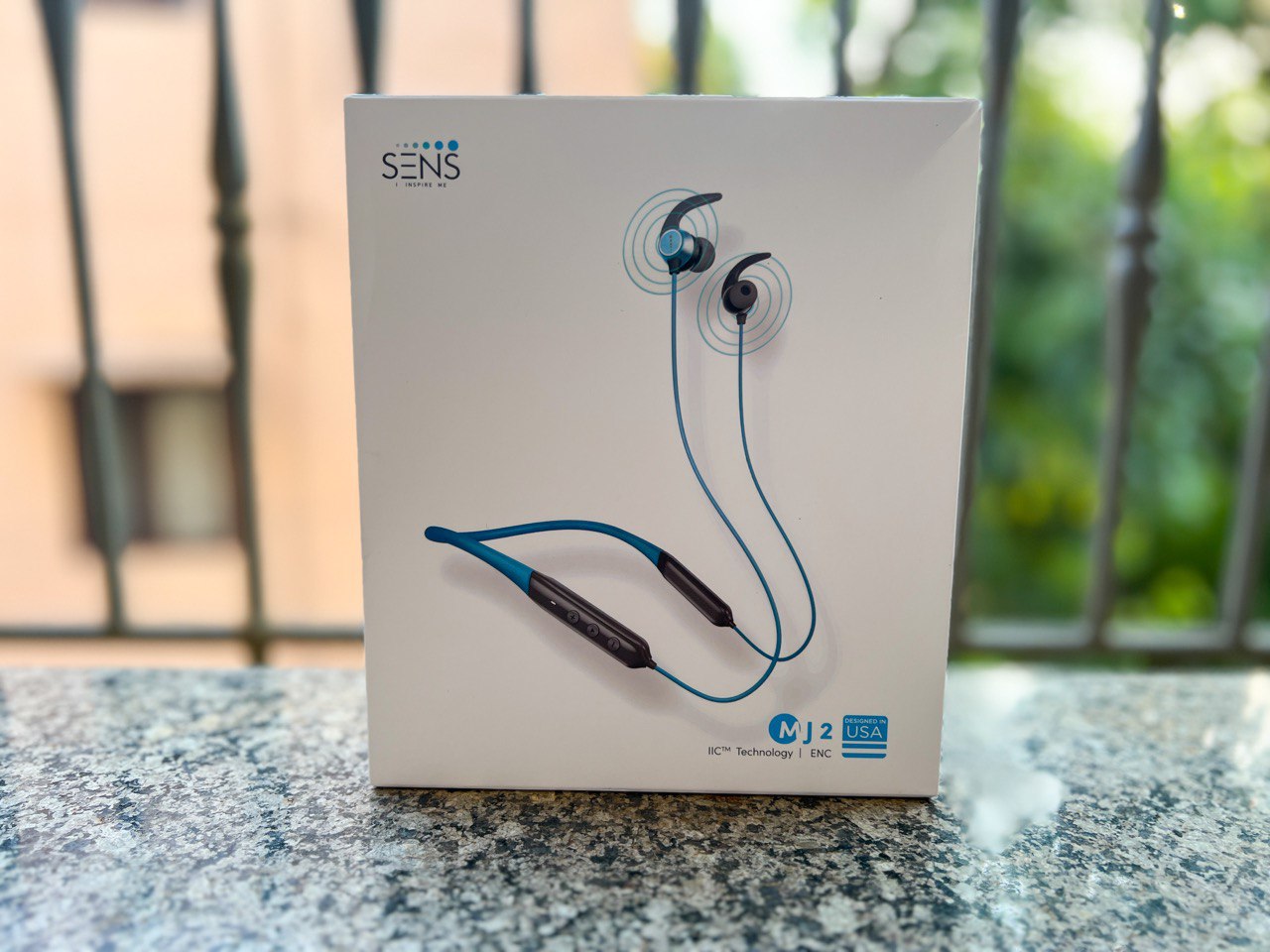![DSCN0025[1]](https://installornot.com/wp-content/uploads/DSCN00251-473x355.jpg) Release date after release date came and went. After a while Verizon finally gave us what we wanted: the Samsung Galaxy Nexus. This is Google’s flagship Android and, as such, is running the latest version of the Android OS – Ice Cream Sandwich. In this review we’ll be covering every aspect of the phone that I can possibly be think of. Is this the best Android phone? Is it better than the iPhone 4S? Should I jump carriers for this? All these answers and more will be answered after the break.
Release date after release date came and went. After a while Verizon finally gave us what we wanted: the Samsung Galaxy Nexus. This is Google’s flagship Android and, as such, is running the latest version of the Android OS – Ice Cream Sandwich. In this review we’ll be covering every aspect of the phone that I can possibly be think of. Is this the best Android phone? Is it better than the iPhone 4S? Should I jump carriers for this? All these answers and more will be answered after the break.
Let’s jump right into it.
[tab name = “About”]
Full specs include:
- 4.65 Super AMOled HD screen with 1280X720 resolution
- Contour display (curved glass)
- 32gb on board memory
- 1gb of ram
- 5 mp rear-facing camera
- 1.3mp front-facing camera
- Zero shutter lag
- 1080p video recording
- Ice Cream Sandwich (Android 4.0)
- 1850mh battery
- NFC
- 67.94 X 135.5 X 9.47 (LTE)
- 3 color LED notification
- 2 Mics
- Button-less
- Barometer
- Gyroscope
- Compass
- Proximity/light sensor
- Micro USB
[/tab]
[tab name = “Our Take”]
Design
The Samsung Galaxy Nexus is one of the thinnest phones I’ve ever owned. Even though this is the LTE model, you won’t really be able to tell the difference unless you’re holding a GSM Galaxy Nexus in your hands. It has a subtle curve to the phone that makes it more comfortable in your hand for phone calls and daily use. It also comes with the contour glass from the Nexus S, except it is a little more subtle. The headphone jack is at the bottom with the microphone, while the second mic is at the top under the battery cover. The speaker is on the bottom of the back of the phone on the hump, which I thought would be as bad as the older Samsung phones like the Vibrant, but it’s actually not very noticeable. On the right hand side is the power/lock switch and the three connector pins for the car dock and charging cradle. On the left is the rocker switch and nothing else. On the front of the phone is the screen, camera, and proximity and light sensors. There are no hard buttons or capacitive buttons either. Finally, on the back is the 5MP camera and LED flash.
Software
I’ll try to cover a few of the newer things in this review, but not everything since there is so much to go over. Since this is an official Google phone, it launches with the latest Android version, Ice Cream Sandwich. This is the update that we were waiting for back when Gingerbread (2.3) launched. This update reinvents everything we have come to know about Android and makes it better. When you turn on the screen, you are greeted with an unlock screen encouraging you to unlock the phone or jump to the camera for a quick snapshot. Once unlocked, the device greets you with a simple clock showing the time and date. You get to see a bit of something new and old just reinvented. At the top of the screen you’ll now see a stagnant search bar similar to Honeycomb (3.0). At the bottom you’ll see the app drawer icon and something new – three buttons. You now have another touch of honeycomb on your phone with 3 soft buttons for Back, Home and Multitasking. The multitasking button pulls up a similar app switching view to what we’ve seen in Honeycomb. You can jump into another app, or you can dismiss an app away, cancelling it with a swiping motion. In the event that you have an app on your phone that doesn’t fully support ICS yet, another soft button will appear at the side in the form of 3 vertical dots.
The notification bar has changed as well, allowing you to swipe away notifications one by one just like when you pull up your recent apps. You can also check your notifications while your phone is locked. This update brings a number of things to it that we’ve all wanted or have had in a custom rom. The launcher now supports changing which apps are in your dock. You can move in apps, folders, or contacts if you wish. When you open the app drawer you’re greeted by your apps in a similar way to Samsung’s Touchwiz app drawer with a few changes. You scroll horizontally through to get to your apps, and, if you scroll all the way over, you’ll eventually get to your widgets. At the top is a little link directly to your widgets in case you have more than 100 or so apps on your phone. Also in the app drawer is a direct link to the Android Market which is a nice touch. In this update you get native scrolling widgets. Most widgets can be resized to fit your liking as well. Not all apps will be able to do this until the developer enables it however. This update brings great changes to Android that fanboys and potential buyers will love.
Music and video playback were exceptional on the Galaxy Nexus. I feel that the equalizer settings could be better, but they’re fine if you just want to listen to some tunes. Video play was above average. Playing music through the speakers was fine if you don’t have headphones. Playback through headphones was alright but could be a bit better. I would’ve liked to see Samsung or Google bring something new for media since HTC is launching some of their phones with Beats by Dre.
Hardware
The Samsung Galaxy Nexus features a TI OMAP 4460 dual-core processor clocked at 1.2GHz and 1GB of RAM just for those who like to have their phones super fast. It comes with 32gb of on board memory that will take you quite some time to fill depending on your habits. The phone weighs 145.5g (5.1oz) which is slightly heftier than the GSM version. It is so light that I forget it in my pocket. The touch screen is very vibrant and colorful giving us those super dark blacks and bright whites we love. Something that was kind of annoying to me was how the rocker switch and the power/lock button were arranged in the same place on opposite sides. When I holding the phone I would occasionally press the volume down button at the same time as I pressed the power button. This might not happen to everyone but it kind of bugged me that they configured it this way.
Screen
The screen on this phone is a very big selling point. It has a 1280×720 resolution with 16:9 aspect ratio and 316ppi. You are truly caring an HD screen in your pocket with this phone. Watching movies on this phone was very nice and enjoyable. Image quality and display are amazing. The auto correct was kind of strange how it made the screen too dark in well lit places. Outside it worked wonderfully however. Colors are richer and more vibrant than the iPhone 4S in my opinion. Viewing angles, clarity, and sharpness are on par with the latest super phones.
Battery
This phone comes with a 1850mAh battery, bigger than what launches with the GSM version. If you tweak your settings just right you can get exceptional battery life. This phone is my daily driver, and I was regularly getting 20+ hours on my phone with brightness at 50% and LTE on. Without the right settings you’ll generally get around 6-7 hours of battery life, so I suggest you spring for another battery or the extended battery. Make sure you pick the right one because the NFC chip is within the battery itself.
[/tab]
[tab name = “Install or Not”]
I’ve dreamed of having a Google phone since the Nexus One came out. I’ve had a T-Mobile G1, Mytouch3G, Samsung Vibrant, HTC G2 and a Mytouch 4G. I can tell you this is the best phone I’ve ever had. If you want a phone that will receive the latest updates from Google for the next year or 2, then you should definitely get this phone. If you’re new to Android and have no clue what phone to get, you should get this phone. If you’re an Android veteran and your contract is up, you should get this phone. This was everything we fanboys wanted from Google, and I, for one, think they did a great job on it. $300 on a 2 year contract is a little much, but I feel its worth it for the LTE coverage and the pure Google experience you’ll be receiving.
[/tab]
[end_tabset]
[easyreview title=”Install or Not Scorecard” cat1title=”Design” cat1detail=”” cat1rating=”4″ cat2title=”Ease of Use” cat2detail=”” cat2rating=”4.5″ cat3title=”Performance” cat3detail=”” cat3rating=”5″ summary=””]
![DSCN0025[1]](https://installornot.com/wp-content/uploads/DSCN00251-473x355.jpg) Release date after release date came and went. After a while Verizon finally gave us what we wanted: the Samsung Galaxy Nexus. This is Google’s flagship Android and, as such, is running the latest version of the Android OS – Ice Cream Sandwich. In this review we’ll be covering every aspect of the phone that I can possibly be think of. Is this the best Android phone? Is it better than the iPhone 4S? Should I jump carriers for this? All these answers and more will be answered after the break.
Release date after release date came and went. After a while Verizon finally gave us what we wanted: the Samsung Galaxy Nexus. This is Google’s flagship Android and, as such, is running the latest version of the Android OS – Ice Cream Sandwich. In this review we’ll be covering every aspect of the phone that I can possibly be think of. Is this the best Android phone? Is it better than the iPhone 4S? Should I jump carriers for this? All these answers and more will be answered after the break.

